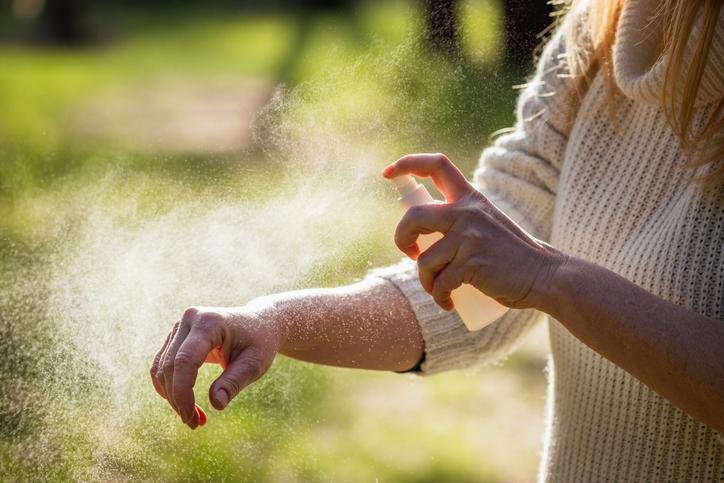2 сентября 2024
Loss of Balance: What Affects the Microflora of the Vagina?


2 сентября 2024
Loss of Balance: What Affects the Microflora of the Vagina?
## Good and bad
In the microflora of the vagina, two types of bacteria coexist: "good" lactobacilli and opportunistic microorganisms. As long as the number of lactobacilli is about 95 % of the total microflora, they are able to prevent the development of pathogens and maintain the desired pH. As soon as the normal balance is disturbed, lactic acid bacteria cease to cope with their protective function, which can lead to common diseases such as bacterial vaginosis and candidiasis.
## When bad bacteria wins
The ratio of bacteria in the vagina depends on the hormonal background, the phase of the menstrual cycle, age, and even the psychological state of the woman. The growth of pathogens can be caused by:
- Sexually transmitted diseases
- Transferred viral and bacterial infections
- Taking antibiotics
- Prolonged use of an intrauterine device, taking some oral contraceptives
- Poor hygiene
- Wearing tight synthetic underwear
- [Stress](https://ul.orna.me/KOge/librarydisease?id=19) and chronic fatigue
> In 60 % of women suffering from bacterial vaginosis, disorders of the intestinal microflora are detected.
## Bacterial vaginosis
If the number of lactobacilli decreases, and ===opportunistic microorganisms such as Gardnerella vaginalis and Ureaplasma begin to prevail, most women begin to experience unpleasant symptoms including itching and an abundant white or gray discharge with a "fishy" smell. However, vaginosis does not manifest itself in any noticeable way, and its presence is indicated only by tests.
Treatment for bacterial vaginosis is prescribed when there are pronounced complaints, pathology of the cervix, if the patient is planning a pregnancy, is already pregnant or will have gynecological surgery. It is very important to find out and remove the causes that led to a violation of the vaginal microflora. Standard therapy usually includes antibiotics and antiseptic drugs.
> Bacterial vaginosis is not sexually transmitted, so the woman's partner does not need to be treated.
## Mushroom season
Candidiasis or thrush is an infectious — inflammatory disease of the skin and mucous membranes caused by the yeast fungi Candida, which begins to actively grow and develop in the vagina when the normal microflora decreases. Symptoms of thrush include curd-like discharge, itching, swelling, redness, and sometimes pain during urination or sexual intercourse. To combat thrush successfully, use special topical or oral antifungal drugs. To prevent the disease from returning, it is necessary to restore the normal microflora of the vagina.
> 75 % of women worldwide have had candidiasis at least once in their lives.
## How to restore balance
- Helping lactobacilli to take the dominant position can be achieved with the help of preventive measures and special preparations. The latter include means with probiotics in the form of vaginal suppositories and tablets, as well as various gels, creams and sprays. Do not engage in self-medication, as the course of medications should be selected only by the attending physician. However, implementing the following simple recommendations is the responsibility of the woman herself:
- Wear underwear from breathable natural materials and avoid overly tight materials.
- During critical days, change pads and tampons every 3-4 hours.
- Use intimate hygiene products, the pH of which corresponds to the pH of the acid-alkaline environment of the vagina (3.8–4.5).
- Include as many dairy products in your diet as possible and avoid excess sugar.













